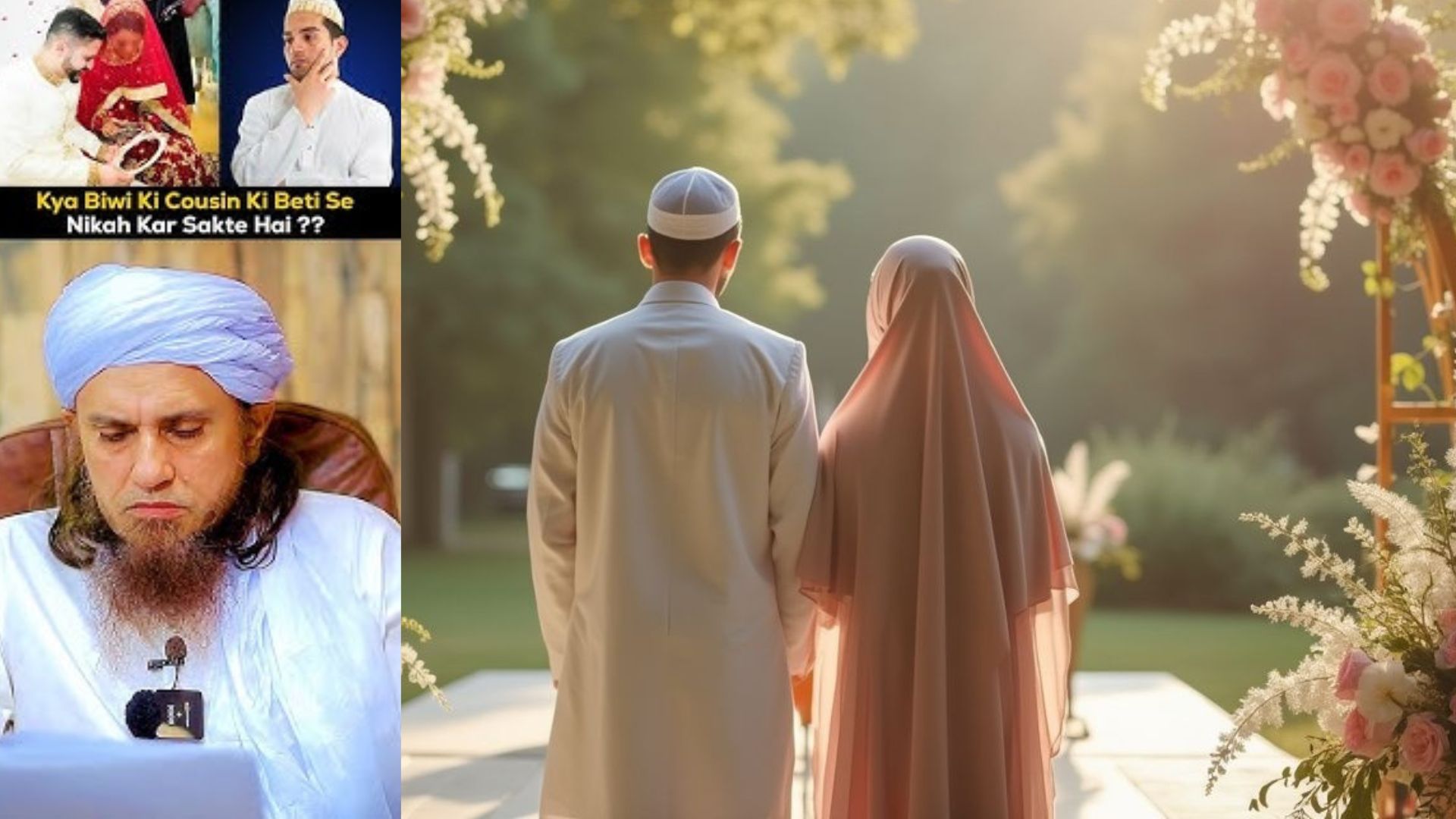


India’s reputation as a repository of ancient and medieval art and sculpture has achieved mythical proportions, eulogized in everything from the accounts of intrepid travelers such as Ibn Batuta and HieunTsang to the literary output of the East India Company whose critical accounts too betrayed certain uneasy awe at the sheer magnitude and extent of India’s architecture. (Even the normally irreverent Mark Twain was awestruck!) About a century and many changes later, the monuments that are in the finest condition are usually in the care of those with a personal and emotional investment.
Karauli reverberates with the legacy of my ancestors’ contributions, sacrifices, and, from the earliest foundations of the city in 1348 to the roads, bridges, dharamshalas, schools, and hospitals of the early 20th century. As an artist, I always felt a thrill upon seeing the magnificent forts and temples in Karauli, a sense of pride that the rulers were able to provide the environment for such timeless art and architecture to flourish, from (Rawal) the Karauli city palace which is the oldest city palace in Rajasthan to the intricate carvings of even more ancient forts such as Timangarhand Devgir.
However I was disturbed to see a lacuna had developed in recent times as the youth in Karauli did not have the necessary tools to recognize the significance of the buildings around them, and the artisans and craftsmen, including the hereditary court artists or chateras, had begun to feel that there was nothing left in their art and no way to make a living. The first step was a formal restoration of the City Palace as the later residential palace, Bhanwar Vilas Palace, a charming Colonial building dating from 1938 had already been converted into a hotel and most of the wonderful Art Deco furniture and exquisite Indo-European portraits by Govind Sahai were largely intact. My parents had already undertaken a complete cleaning and conversion of the palace into a museum, but the actual restoration posed several challenges as it not only required training in techniques of Aaraish but also a constant reminder that the old paintings were beautiful in themselves and did not require re-painting in gleaming colours to be ‘restored’. Eight years later, I feel we have come a long way as we now have a dedicated team working at the palace. We have been fortunate to find restorers who focus on preservation and cleaning of the original paintings, and who have been able to re-train the descendants of the chateras in these techniques to ensure the continuity.
After our establishment of the Karauli chapter of INTACH, there is also a group of young people who conduct cleaning and repair-work sessions at our old forts and are sensitized to collecting information about our collective history.
It is with our unique culture in mind-a culture brought about by the geographical location of Karauli at the confluence of Rajputana, Madhya Pradesh, and Brajbhoomi, that I aim to bring it to the notice of more people in the country. Presently we have students coming from universities in the US to explore our social activities and study the restoration and conservation at the City Palace, and public policy groups coming from Europe to study our philanthropic projects, however, the same kind of interest is not visible in India. I want to make people in our own country recognize the relevance of places like this, I think the lessons that art and history that we have been fortunate to learn from Karauli should be accessible to more of our countrymen. A huge impetus certainly has come –designers and textile revivalists such as Sabyasachi Mukherjee and Anita Dongre find in such palaces the ideal setting for their collections, but the challenge is to invite more serious academia and to disseminate the necessary information as widely as possible. This is imperative as while Rajasthan is home to some of the most beautiful monuments–it needs a practiced eye to see beyond a mere conglomeration of forts, to enable one to appreciate the nuances of style, and the vast variations of military history and influence, and political alliance even within Rajasthan that have shaped each palace.
As caretakers of the invaluable artistic and historic legacy that is the Karauli City Palace, our primary concern is the ethics of restoration, and we hope to make the Karauli City Palace a research center for this philosophy.
A difficult dialectic arises when we ask ourselves ‘What is the ultimate goal of restoration?’ (although this is problematic in itself as it assumes that conservation and restoration are an end rather than a process). Is the goal to make it look gleaming and new or is it to leave it in precisely the state in which you found it, with only minimal maintenance.
The first-the urge to complete repaint is unfortunate and is undeniably tempting especially in popular tourist destinations where the traveler is practically spoiled for choice and visits with the ideal of a palace covered in bright frescoes and gilded wherever gilt is possible.
This can however be both historically and aesthetically catastrophic, as any repainting-no matter how skillfully done is an approximation at best-an effacing of the spirit of the artist is a tragic inevitability. The answer is a balance, while some repainting is necessary, in my opinion, it should be restricted to areas that require it, and not to recover every mildly faded patch.
To leave it completely untouched is not viable either because it disregards the very nature of the palace as both catalysts and canvases of change. These magnificent buildings are not monolithslike Rome, they were not built in a day. Through seven hundred years, the City Palace itself, as the oldest of its kind in Rajasthan, has been a fortress, glittering court, a center of artistic patronage, home to a famed pilgrimage site, and an administrative and judicial headquarter besides being the seat of the heads of the Yaduvansh. The mark of the ages must remain visible even as the palace takes on its current avatar as a unique museum.
Karauli has a distinct, but less prolific school of miniature painting and its finest examples are on the walls of this vast palace. With its foundation laid in 1348, and with various elements added over the next 700 years, the palace is an irreplaceable record of medieval history. Indeed, the Mughal room at the palace is covered in a frieze of miniatures depicting the courts of the later Mughal emperors, and contemporaneous Rajput rulers, which are not to be found anywhere else.
As far as possible we practice conservation, cleaning, and revealing as much of the original paintwork and re-enforcing any loose plaster. Restoration and repainting are generally only done where the plaster has fallen, and we make sure to leave a significant portion of the original so visitors can see how the place has evolved organically, from the medieval administrative center to modern museum.
One of my favorite quotes is this very versatile one by F. Scott Fitzgerald, ‘The test of a first-rate intelligence is the ability to hold two opposed ideas in the mind at the same time, and still retain the ability to function,’ as it seems to be the aptest description for the fine balance that one needs to maintain to satisfy the exigencies of tourism along with the preservation of the invaluable visual proofs of our shared history.














